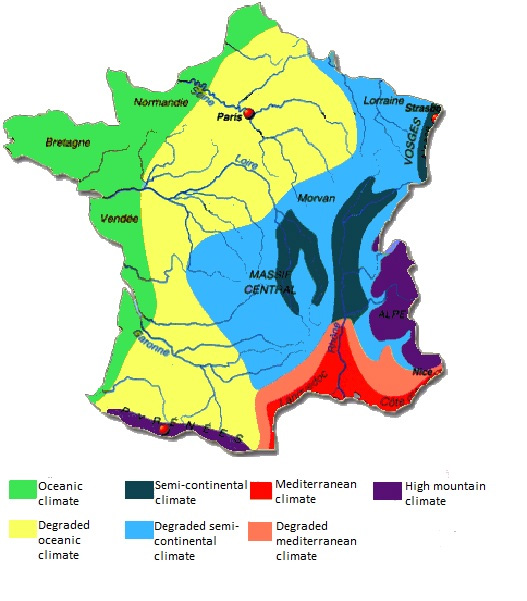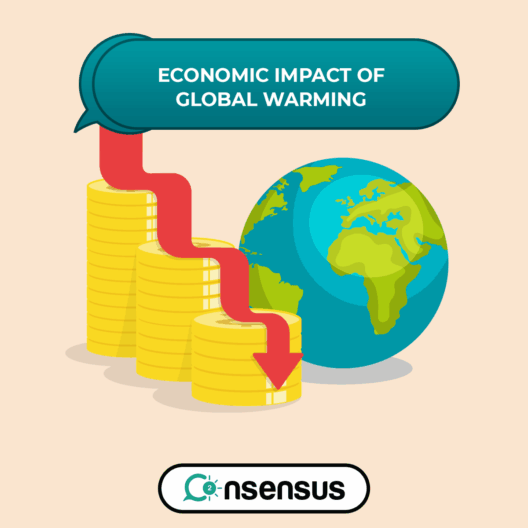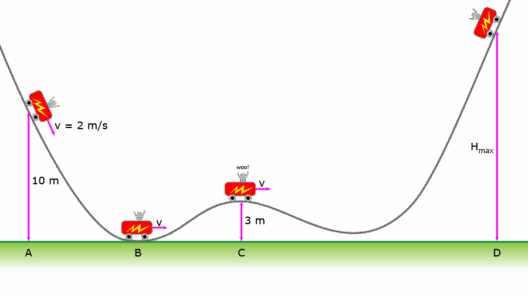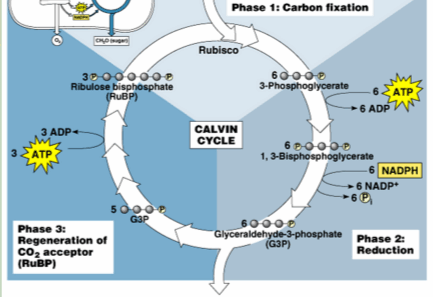Have you ever pondered how a dense forest teems with life, while a barren landscape lies silent? The answer to this enigma lies in energy conservation within ecosystems, a vital component of nature’s inherent balance—a sophisticated ballet of life and power. Imagine the intricate interplay of photosynthesis, respiration, and nutrient cycling, all working together to sustain life. But how precisely is energy conserved in these biological systems, and what challenges arise in this delicate equilibrium?
At the heart of energy conservation in ecosystems is the concept of energy transfer through various trophic levels. These levels constitute a hierarchical structure beginning with producers, primarily plants, which harness solar energy through photosynthesis. In this process, carbon dioxide and water are converted into glucose and oxygen, forming the foundation of energy for all other organisms in the ecosystem. The sun is the ultimate source of energy, and this initial conversion is paramount for sustaining life.
Once energy is captured by producers, it cascades through herbivores (primary consumers), carnivores (secondary and tertiary consumers), and eventually decomposers. Each transition in this food chain involves energy transfer, a process characterized by the laws of thermodynamics. Notably, the first law asserts that energy cannot be created or destroyed—only transformed. However, during each transfer, energy is lost, primarily as heat due to metabolic processes. This necessarily limits the number of trophic levels within an ecosystem, creating an inherent challenge for energy conservation.
In addition to the loss of energy at each trophic transfer, ecosystems also rely heavily on nutrient cycling to conserve the energy already harnessed. The intricate relationships between organisms ensure that energy is not left to dissipate. Decomposers, including fungi and bacteria, play a crucial role in this cycle. They break down dead matter, returning essential nutrients back to the soil, thereby enabling plants to flourish once more. This circular flow of energy and nutrients is vital; without it, ecosystems would falter, struggling to support biodiversity.
A playful question arises: what would happen if a crucial component of this cycle were to vanish? Imagine a world where decomposers ceased to exist. The implications would be dire—organisms would accumulate waste products, nutrients would be locked away, and producers would ultimately succumb, leading to a collapse of the entire ecosystem. This thought experiment highlights the interconnectedness of life and emphasizes the necessity of each trophic level, no matter how minute it may seem.
Furthermore, the conservation of energy in ecosystems is significantly influenced by ecological efficiency. This term refers to the proportion of energy that is transferred from one trophic level to the next. Generally, this efficiency hovers around 10%, indicating a stark reminder of energy loss as one ascends the food chain. Several factors influence this efficiency, including the biology of organisms involved, their metabolic rates, and environmental conditions. For instance, ectothermic organisms, or cold-blooded species, often metabolize energy more efficiently than their endothermic counterparts, thus presenting intrigues in ecological studies and conservation efforts.
The conservation of energy is also substantially influenced by the biodiversity of an ecosystem. High species diversity typically corresponds with increased energy conservation. Various species often fulfill similar ecological roles, allowing for greater redundancy within the system. This redundancy acts as a buffer against environmental perturbations, allowing ecosystems to maintain stability and conserve energy even under duress. Biodiversity, therefore, is not merely an aesthetic attribute; it’s a vital pillar supporting the intricate architecture of energy conservation.
As we navigate modern environmental challenges, such as climate change and habitat destruction, understanding the interplay of energy conservation in ecosystems is critically important. Human activities threaten this balance—deforestation, pollution, and urban sprawl disrupt nutrient cycles and energy flows, leading to diminished biodiversity and ecological collapse.
In confronting these challenges, conservation strategies are paramount. Efforts should focus on preserving natural habitats, restoring degraded ecosystems, and promoting sustainable agricultural practices. For example, agroecology, which incorporates ecological principles into farming, can optimize energy use and enhance ecosystem services, ultimately contributing to energy conservation on a broader scale.
Education plays a crucial role in fostering environmental stewardship. By providing communities with knowledge about the importance of energy conservation within ecosystems, individuals can be empowered to take action. Engaging with local conservation efforts, participating in reforestation initiatives, and advocating for policies that protect natural resources are vital steps towards preserving the delicate balance between life and power.
As we engage with these concepts, how can we become more mindful of our roles within these ecosystems? What proactive steps can we take to ensure that we participate in the conservation of energy, rather than contributing to its depletion? These are the questions we must grapple with as we endeavor to protect the intricate web of life that sustains us. The challenge is monumental, but its significance is profound, urging us to align our actions with the energetic rhythms of our planet.
Ultimately, energy conservation is more than just a scientific principle; it is the essence of life itself. Ecosystems exemplify the complexity and magnificence of energy flow, showcasing how everything is interlinked. As stewards of the environment, embracing this knowledge is imperative for fostering a sustainable future, one where the integrity of our ecosystems and the energy they encapsulate is preserved for generations to come.







